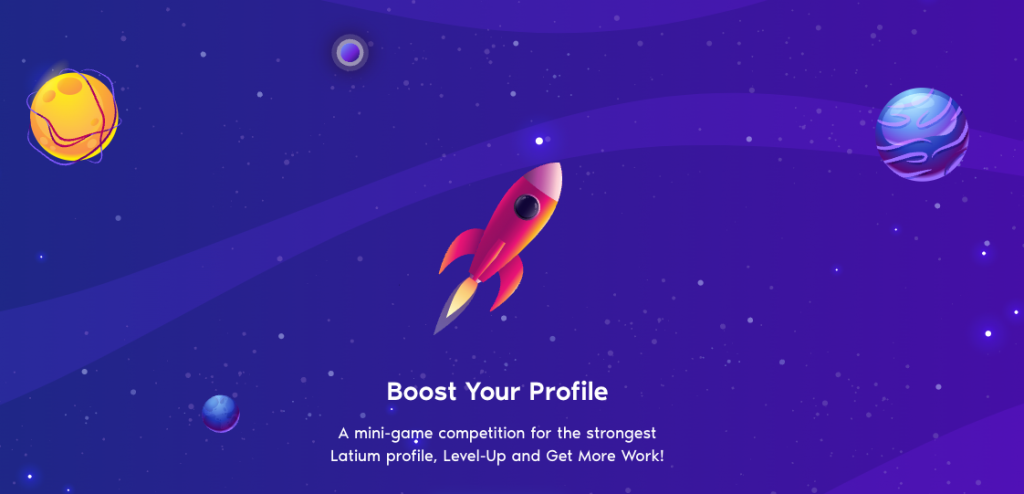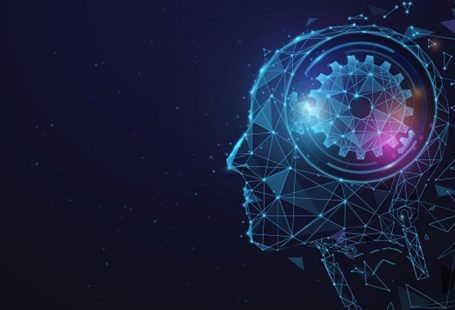In today’s gig economy, a growing number of companies are using gamification to help their workers compete for jobs and assignments. But what does that mean exactly? Why is gamification so popular in the gig economy, and how can it help your business succeed? Let us explain. Gamification is a strategy based on game thinking and game principles applied to non-game contexts so as to promote user engagement, user loyalty, user motivation, and user behavior change. In simpler words, gamification is the process of integrating game-like mechanics into non-gaming applications to make them more appealing and engaging.
Why is Gamification So Popular in the Gig Economy?
A gig economy exists when people engage in short-term contracts or freelance work rather than long-term employment with a single employer. And that’s exactly where gamification is most useful. The gig economy is all about short-term projects and engagements, which means workers are always looking for the next opportunity. Gamification makes it easier to find a new project, while also helping workers maintain engagement while they wait. While gamification is the latest trend in the gig economy, it’s not a new concept. People have been using games to motivate and engage their players for thousands of years. While board games and card games have been popular for centuries, video games have only been around since the 1970s. And really hit mainstream around the turn of the 21st century as computers became more common and more powerful.
How Can Gamification Help Your Business?
Gamification is all about leveraging the psychological appeal of games to engage your users and better meet your business objectives. When you gamify your business, you make it more appealing to your users. So they’re more likely to use your product or service. And they’re more likely to come back again and again. When you integrate game elements into your business, you make it more engaging. This can help you improve user retention and engagement. It can help you strengthen relationships with customers. And it can also help you recruit new players and better compete for talent.
Which Platforms Should You Use?
While gamification is still a fairly new trend, there are already a handful of platforms that make it easy to implement. There are also plenty of platforms that help you track and analyze user engagement. So you can make adjustments and improve your engagement over time. – Badges – Badges are visual representations of achievements, milestones, or experience in a gamified application. They’re similar to employee badges at factories and call centers. However, employees often earn badges by working long hours and/or by demonstrating high levels of productivity. Gamified workers, on the other hand, can earn badges just by completing smaller tasks or meeting certain milestones. Badges help gamified workers build their reputation and credibility. They also help workers stay motivated and engaged in their work. – Leaderboards – Leaderboards are one of the most popular game elements when it comes to gamification. They’re also one of the easiest gamified elements to implement. Leaderboards help you keep track of which workers are completing their tasks the fastest, are the most accurate, or are generating the most revenue. Leaderboards also help you identify your top performers. This can come in handy when you’re trying to motivate your workers and encourage collaboration among your workers. – Leveling Up – Leveling up is another element commonly found in video games. It’s a visual way of measuring progress towards specific milestones or achievements. Leveling up is an essential part of any game. It helps players keep track of how much progress they’ve made so far. It makes them want to keep playing even when they get stuck or experience a bit of challenge. Leveling up in gamified applications helps workers stay motivated and engaged.

3 Ways Gamification Drives Engagement and Builds Relationships
– More Joyful Work – The best way to improve engagement and strengthen relationships is to make work more enjoyable. And that’s exactly what gamification does. It makes work more enjoyable by adding new elements and excitement. This helps workers stay engaged in their work and more likely to put in the effort and excel. – Better Collaboration – Collaboration is one of the key benefits of gamification. It helps workers break down the walls between them. It helps them get to know each other better and build stronger relationships. This can come in handy when you’re trying to solve problems, find new solutions, or overcome challenges. – More Productive Work – Productivity is a key element in the success of any business. And it’s one of the easiest ways to increase engagement among workers. Gamification helps you improve productivity by encouraging workers to work more efficiently and effectively. It also helps workers stay focused on their work. And avoid burning out by overworking or overstretching themselves.
2 Ways Gamification Improves User Experience
– Improved User Engagement – One of the best ways to improve user engagement and experience is to help your workers feel more engaged in their work. And what better way to do that than to gamify your application? – More Fun Activities – Gamification can integrate into more than just work. It can also help you improve the experience of other important activities like signing up, onboarding new users, and completing other essential tasks. It can even help you improve the experience of using your website or app.
1 Way Gamification Helps Build a Reputation for Quality
Gamification can help you build a reputation for quality in several ways. It can help you improve the quality of your customer service. It can also help you recruit the best talent. And it can help you retain the best workers. – Stronger Customer Service – One of the best ways to show your customers that you’re serious about offering a quality experience is by gamifying your customer service. This can help you improve the quality of your customer service. And also make your customers happier. – Better Quality Workers – Gamification can help you find and recruit the best quality workers. It can also help you retain your best workers. This can help you build a reputation for quality in your industry.

What Does It All Mean?
Gamification is one of the latest trends in the gig economy. And it’s one that’s here to stay. It helps companies engage workers. And strengthen relationships with customers and customers. It also helps businesses improve user experience, and build a reputation for quality. If you’re a business owner, you need to make your platform appealing to workers. You need to make it fun, engaging, and easy to use. And that’s exactly what gamification can help you do.







